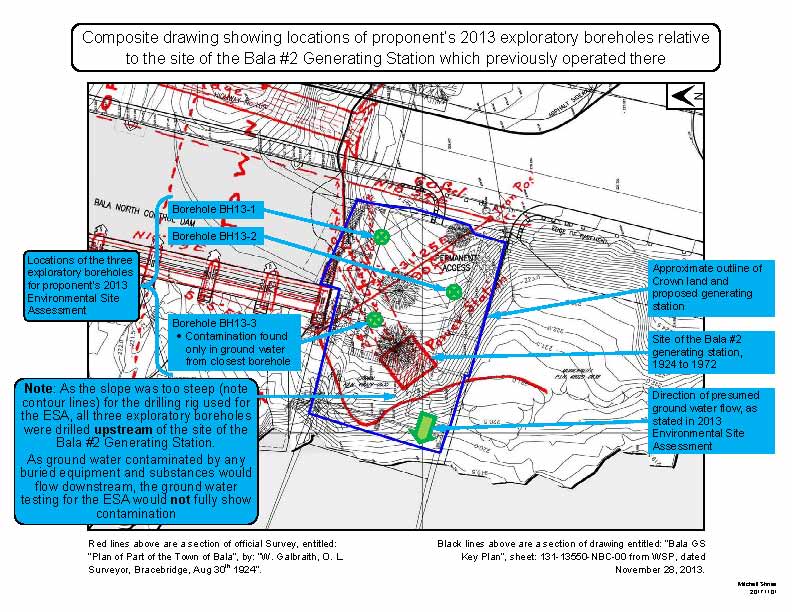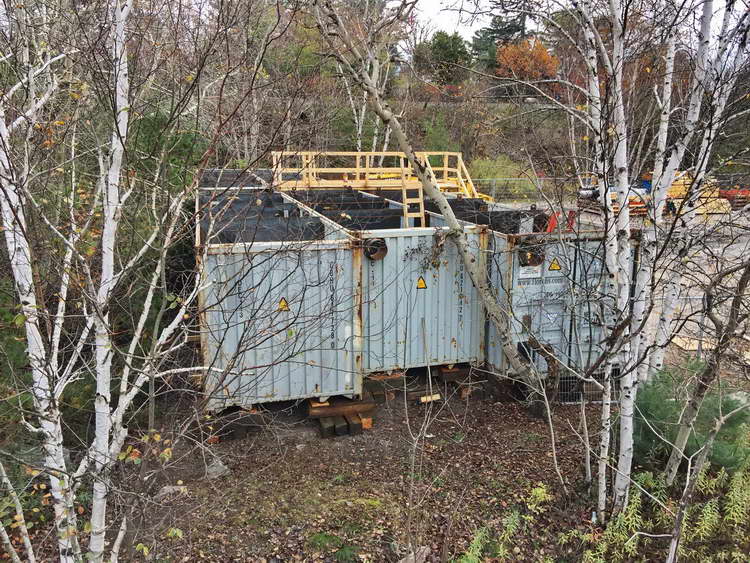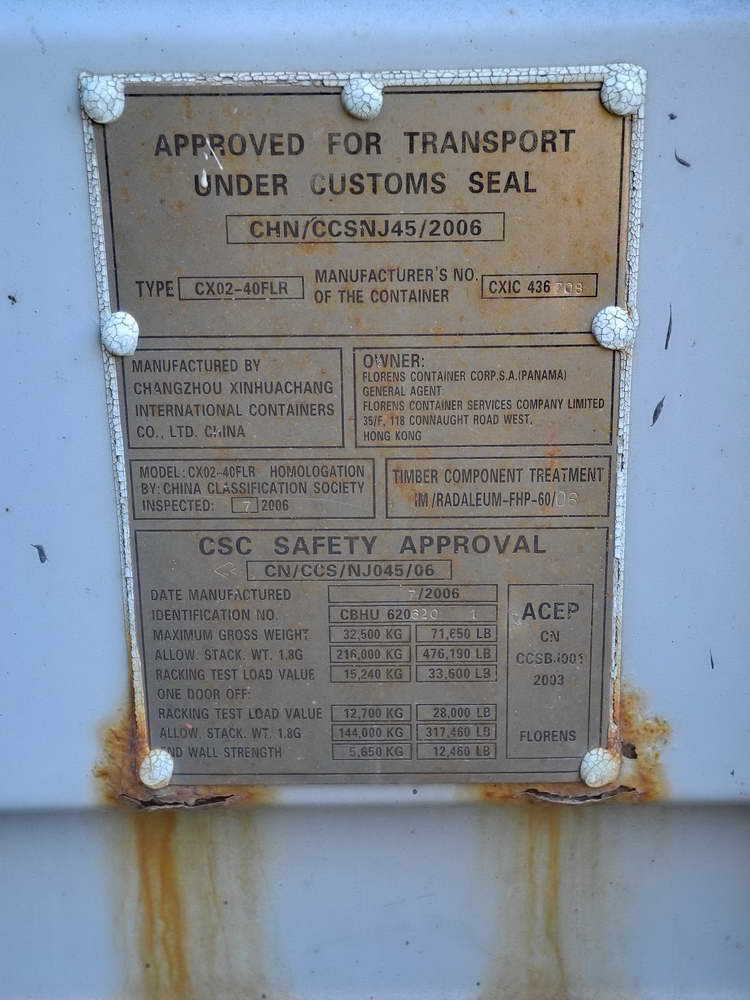PCBs
The Bala #2 Generating Station was south of the Bala north falls from 1924 until it was demolished in 1972:
- In 1972 polychlorinated biphenyls (PCBs) were still legal and were widely used in electrical equipment, such as the “step-up” electrical transformer which the Bala #2 Generating Station would have required.
- It is not known what equipment was left buried at the site, but it would certainly have been less expensive and easier to leave the transformer at the bottom of the station and cover it over with dirt.
- In 2013, the proponent did complete a Phase II Environmental Site Assessment (ESA), which should have identified the locations and concentrations of any contaminants. But as shown in the graphic below (click on it for a larger view), all three of their exploratory boreholes were upstream of the likely source of the contamination. Therefore, this ESA was inadequate and should not have been relied on by the MOECC during their assessment of the proponent’s application for Environmental Compliance Approval.
In fact, the proponent’s own ESA reports that PCBs are an expected concern for abandoned generating stations, yet the work for the ESA made no effort to locate the exact site of the Bala #2 Generating Station.
The proponent’s current pre-construction work could therefore release PCBs into the Moon River and contaminate the surrounding land. To protect those on the Moon River and downstream of it, the proposed construction site should therefore be immediately considered a waterfront brownfield site, and the MOECC should require that work be stopped until this issue is resolved. More detail is here.
Insecticides
The Ministry of the Environment and Climate Change requires that water from excavations be pumped through settling tanks so that sediments (being harmful to fish and their habitat) can settle out before this water is released to a water body such as the Moon River.
While the proponent’s approval states these settling tanks be “Aquatech Models or approved equivalent” (a typical Aquatech model is here), instead they plan on using these old rusty used overseas shipping containers, which are currently at the north end of the Precambrian Shield parking lot.
Shipping container manufacturers treat the wood floors of their shipping containers with insecticide to prevent live foreign insects from arriving in such overseas shipping containers.
The photograph below is of the metal data plate riveted to one of the shipping containers currently in the Precambrian Shield parking lot. It states that the wood floor was treated with the chemical Radaleum-FHP-60.
Other shipping containers show their floors were treated with Talileum 300. These are broad-spectrum insecticides known to be harmful to fish. More detail is here.
So not only could the water pumped from the proposed construction site be contaminated with PCBs, oils, and greases, but this water would flush out insecticides from these used shipping containers and this doubly-contaminated water would be pumped directly into the Moon River.
Clearly, this is unacceptable. We have therefore:
- Submitted a Review request to the Environmental Commissioner of Ontario, so the MOECC will investigate.
- Submitted a request for a hearing by the Environmental Review Tribunal.


